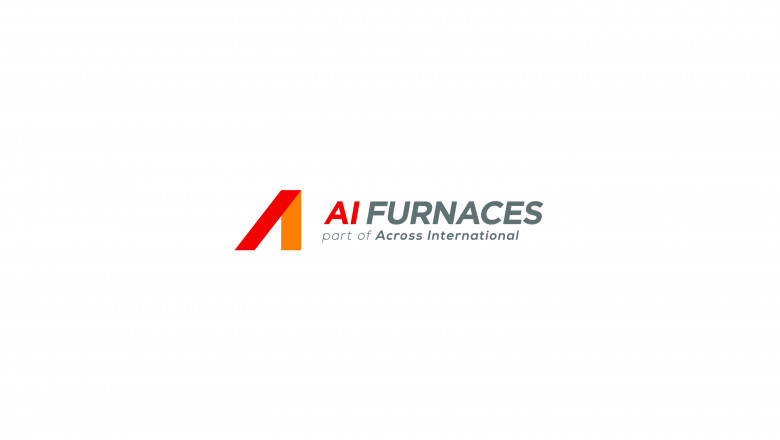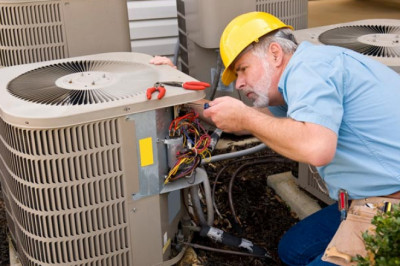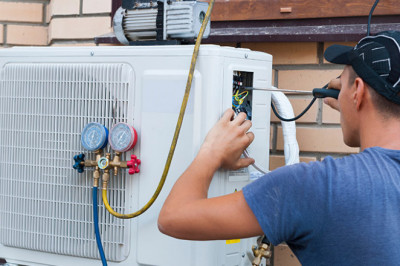views

One of the essential pieces of equipment in any materials testing laboratory is the drying oven, also known as a dryer. They heat materials while removing moisture from their surface at the same time. Drying ovens are used for a variety of different applications, such as sterilization, annealing, burn-in testing, and incubation.
Selecting a lab drying oven is an important purchasing decision. Since there is an abundance of drying ovens available with different configurations and characteristics, it’s critical to understand how to assess ovens according to their various specifications and features.
How to Choose a Lab Drying Oven
Read on to understand the five factors to consider before purchasing a lab drying oven.
1. Method of Heating
On the surface, each oven essentially operates similarly—heating up and removing moisture from the samples inside it. However, ovens accomplish this in different ways.
Ovens utilize three methods of heating: infrared (IR) heating, convection-style heating, or a hybrid of the two.
Ovens that use convection heating have fans that circulate hot air around the chamber, heating the samples evenly. Meanwhile, IR heating ovens allow you to target specific areas to heat. They operate via line-of-sight heating, which means they deliver heat to the parts of the object that are directly in the line of sight of the heaters.
Ovens with a hybrid IR-convection heating system tend to be the most preferred among professionals since they provide greater flexibility for drying.
2. Oven Construction
How the oven is constructed determines how it performs. When you’re inspecting potential ovens to buy, take note of a few vital construction characteristics.
First, look at the material used. Depending on your needs, you may opt for an oven made of easy-to-clean stainless steel that is durable and non-corrosive.
Then, look at its insulation. A well-insulated oven prevents heat loss that may tamper with your samples. If you’re performing high-temperature processes, opt for a double-walled oven to make sure it can withstand extreme heat.
Additionally, to avoid any heat loss, choose one with a heavy-duty door and secure hinges for a tight seal that prevents air from entering.
Another factor to look closely at is the controls. Ovens with digital PID (Proportional, Integral, Derivative) controls are programmable for more accurate tests and include many features such as calibration routines and data logging.
You may also want ovens with overheat protection capabilities to help you stay safe in the lab. These automatically shut off if the temperature exceeds a certain point, preventing fires and accidents.
3. Chamber Dimensions
How large or small will your sample size be? This will help you determine the size of the oven you’ll buy. Selecting one with a chamber that’s too small will become an obstacle to your productivity. Meanwhile, one too large can make your lab feel cramped and cost you more since it has a higher heat output.
Therefore, before looking for ovens to purchase, measure the space available in your lab. Take note of the width and height to understand better which ovens to consider and which may not be a good fit.
4. Heating Uniformity
The samples inside the oven must receive the same heating treatment, regardless of how many you place. As such, the heat inside the oven should be consistent. This is known as heating or temperature uniformity.
Several factors can affect the heating uniformity of an oven, mainly how it was built. If the insulation isn’t consistent or there are small gaps in the oven door, cool air may seep in and disrupt the temperature in the chamber. These cold spots can cause some samples to get hotter than others.
If, for instance, the samples you place receive varying degrees of heat, it can lead to lower quality products or produce inconsistent and unreliable results.
That’s why it’s in your best interest to look for an oven that distributes heat evenly. But how do you find out if it does?
Typically, reputable manufacturers provide heating uniformity information about their ovens on their official product pages online. For example, on the official page of the 250C 26 Shelf Vacuum Oven from AI Furnaces, you will find that it clearly indicates that its temperature uniformity is ± 7% of the setpoint.
5. Recovery Time
Whenever you open the oven door to add or remove samples, some amount of heat escapes. When this happens, ovens increase their energy output to compensate for the heat loss. The time it takes to return to the appropriate temperature is the oven’s recovery time.
Ovens with shorter recovery times allow for greater accuracy and heat uniformity at the cost of putting more load on the system. Depending on your specific use-cases, this could be a negligible feature or a non-negotiable. If your samples have highly intricate heating requirements, it’s better to invest in a drying oven with a short recovery time.
Alternatively, you can prevent excessive heat loss instead if your oven has a relatively long recovery time. Being more careful in preparing samples can help limit how often the oven door is opened. Adding the appropriate sample size in the oven can better spread heat evenly.
Invest in a High-Quality Drying Oven
Since lab drying ovens play a significant role in laboratory tests, taking the time to select which oven to buy will save you money and hassle.
It starts with knowing what exactly you need to use the oven for. There are no perfect ovens, only the one that suits your needs. This will help you determine which heating method is preferable for you, which materials you need in an oven’s build, its size and width, and how it manages its internal energy system.
Check out AI Furnaces’ for high-quality, durable, and trusted lab drying ovens. If you’re still unsure which oven to get for your lab, you can easily inquire from AI Furnaces by filling up this short contact form.












